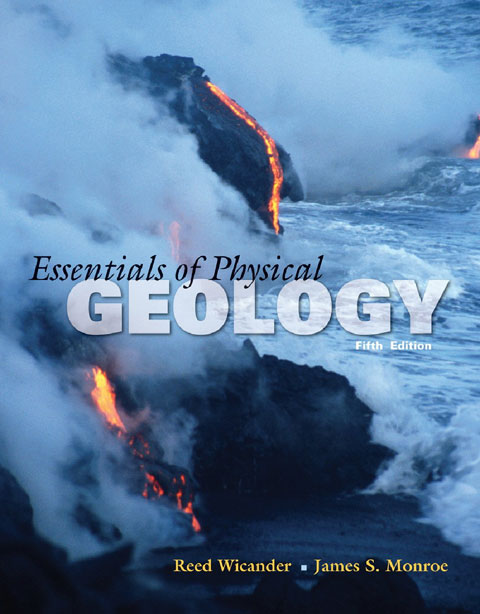
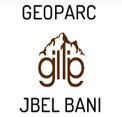
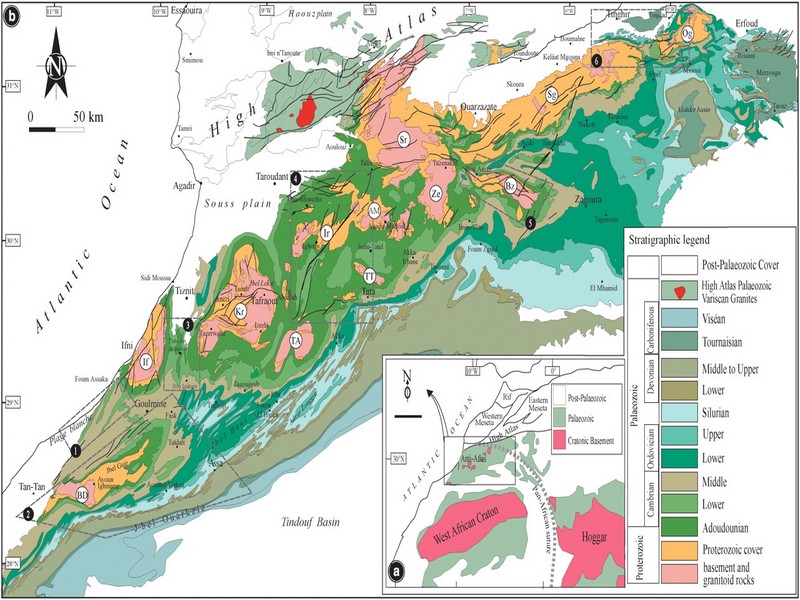
A short overview of the Anti-Atlas, Morocco
DR.Hervé Rezeau, DR.Cyril Chelle-Michou & DR.Michael Calder
SEG Student Chapter of Geneva (Switzerland)
SEG Student Chapter of Montpellier (France)
INTRODUCTION
Geology of Morocco has been subdivided into four structural domains, from north to south they are the following: the Rif domain, the Meseta domain, the High Atlas, and the Anti-Atlas, as they are shown in (Figure 1).
The Rif Range extends along the Mediterranean coast from the Kabylian-Tellian belts up to the Strait of Gibraltar. South of it, the Meseta domain is located, where elevated plateaus and intramontane basins occur. Further south the High Atlas system is found, which displays several massifs close to 4000 m, including the highest peak of northern Africa (Jebel Toubkal). The Middle Atlas represents a branch of the Atlas system that extends obliquely across the Meseta domain, and exceeds 3000 m in elevation. Finally, the Anti-Atlas domain is found, which rises forming a massive mountain that achieves up to 2700 m. Further south the elevation decreases both southward and westward from ca. 1000 m to less than 200 m close to the Atlantic.
Figure 1: Elevation map of Morocco and neighbouring countries from GTOPO30 database (A. Michard et al. 2008)
GEOLOGICAL SETTING OF THE ANTI-ATLAS
The Anti-Atlas mountain belt is located in the northern part of the West African Craton (WAC). It is stretching NE-SW and is characterized by Precambrian to late Proterozoic rocks covered by younger sediments of Edicaran to Cambrian in age. The geological boundary between the Anti-Atlas and High Atlas is structurally marked by the South Atlas fault (SAF) (Fig.2). The Anti-Atlas massif is a zone of wide domal uplift with much weaker Alpine age deformation. The volcanics and conglomerates rocks from the Ouarzazate & Bou Salda group in the North-East are surrounding the older volcanics rocks
The Anti-Atlas mountain belt is located in the northern part of the West African Craton (WAC). It is stretching NE-SW and is characterized by Precambrian to late Proterozoic rocks covered by younger sediments of Edicaran to Cambrian in age. The geological boundary between the Anti-Atlas and High Atlas is structurally marked by the South Atlas fault (SAF) (Fig.2). The Anti-Atlas massif is a zone of wide domal uplift with much weaker Alpine age deformation. The volcanics and conglomerates rocks from the Ouarzazate & Bou Salda group in the North-East are surrounding the older volcanics rocks and turbidite sequences from the Sahgro Group and the Pan-African granite intrusions. This geomorphological feature is commonly called inliers (“boutonnière” in French) and is the result of an exposed older rock formation surrounded by younger rock, and is due to a high erosion rate of rocks with different hardness but also encouraged by deformation such as folding and faulting (Gasquet et al. 2005). Several slivers of ophiolites are present in the Anti-Atlas belt, the best preserved are situated in the Bou Azzer, Siroua and Iriri region, which represent remnant of an ocean closure. The basement is composed of schists, granites and mylonites of Paleoproterozoic age. The latest Variscan and Alpine orogenic events overprint most of the Anti-Atlas geological province and thus complicate the Pre- Cambrian geodynamic interpretation. However, two main periods of tectono-thermal magmatic activity (Gasquet et al. 2005) are now recognised :
(i)A Palaeoproterozoic period, corresponding to the Eburnean (Birimian) orogeny,
(ii)A Neoproterozoic period, corresponding to the Pan-African orogeny.
Figure 2: Schematic map of the Anti-Atlas Precambrian inliers (Boutonnière), and location of the maps, satellite views and lithospheric profile presented hereafter (Gasquet et al. 2008)
Source web : DR.Hervé Rezeau, DR.Cyril Chelle-Michou & DR.Michael Calder unige.ch
Les articles en relation
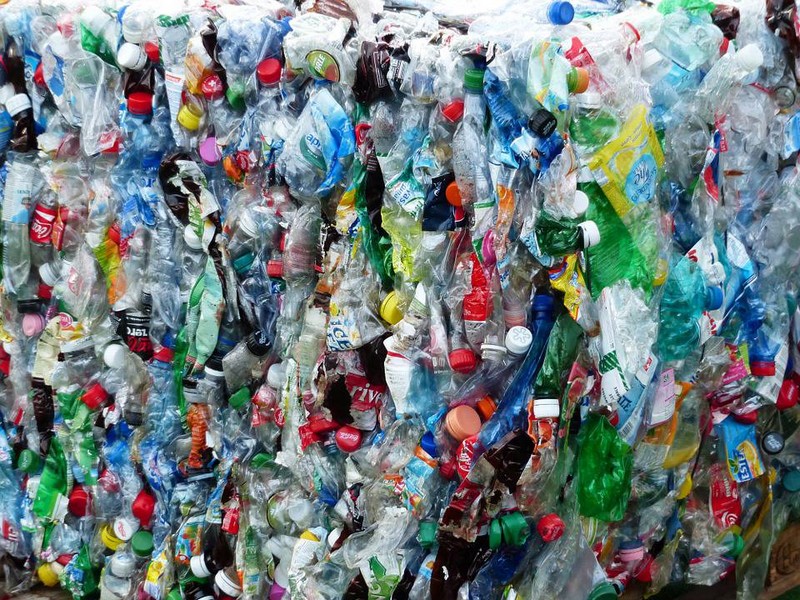
San Francisco devient la première ville à interdire la vente de bouteilles en plastique
San Francisco devient la première ville à interdire la vente de bouteilles en plastique La pollution plastique est l’un des principaux fardeaux pour l’environnement. Croyez-le ou non, on jette suffisamment d
Savoir plus...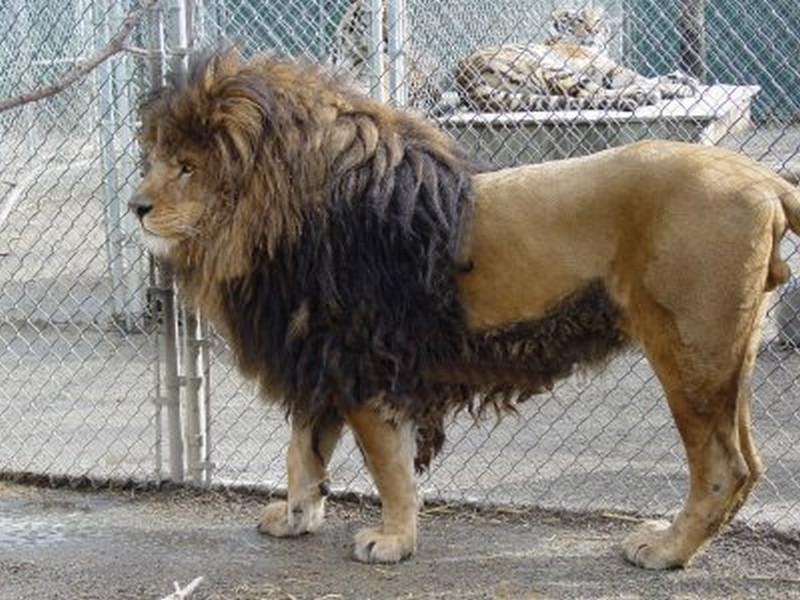
La réapparition surprenante du lion de l’Atlas durant les années 70
Le lion de l’Atlas, symbole absolu de la monarchie marocaine et du Maroc, fait depuis quelques années, l’objet de plusieurs études en raison de son mystérieux parcours. Aujourd’hui, c’est l&r
Savoir plus...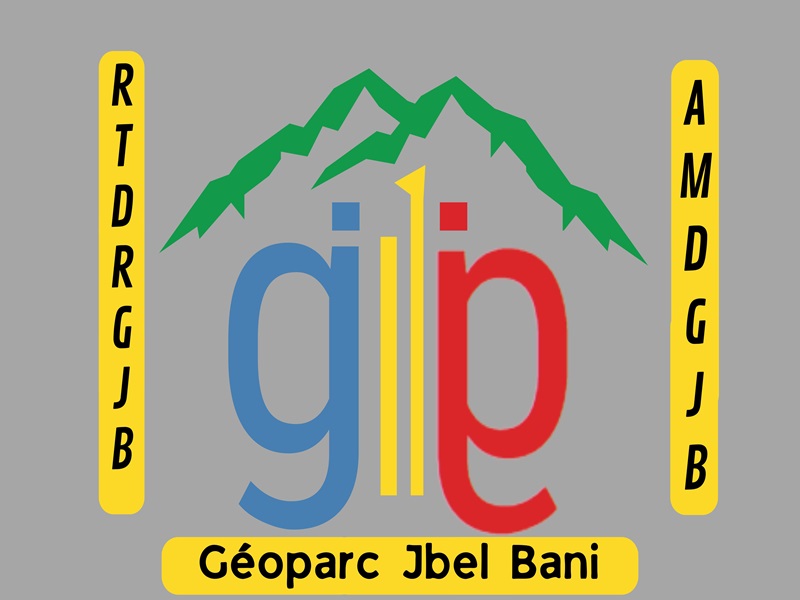
Géoparc Jbel Bani Un Levier pour un Développement Durable, Inclusif, et Scientifiquement Valorisé
Géoparc Jbel Bani Un Levier pour un Développement Durable, Inclusif, et Scientifiquement Valorisé Au cœur du Sud Marocain, le Géoparc Jbel Bani émerge comme une initiative dynamiq
Savoir plus...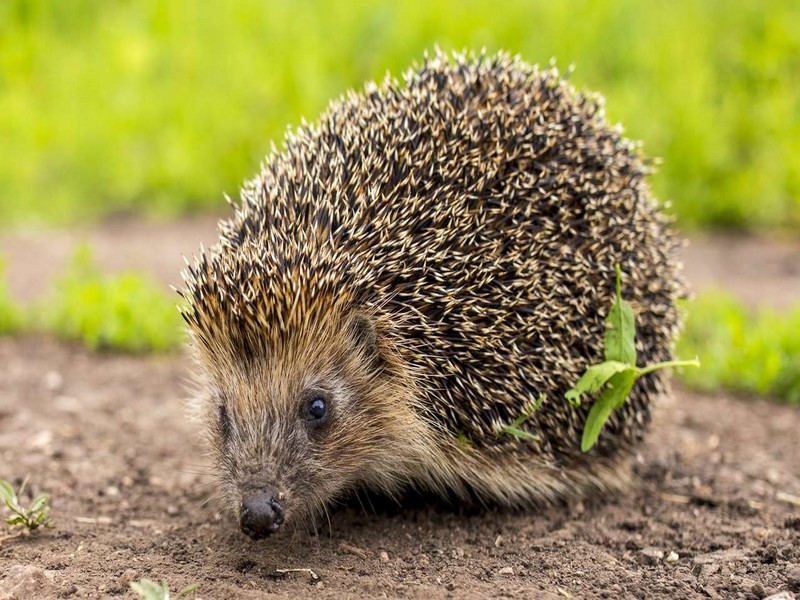
Comment accueillir un hérisson dans son jardin ?
Comment accueillir un hérisson dans son jardin ? Animal aux mœurs nocturnes, le hérisson apprécie les espaces en lisière des forêts et à végétation basse. Il n'est pas
Savoir plus...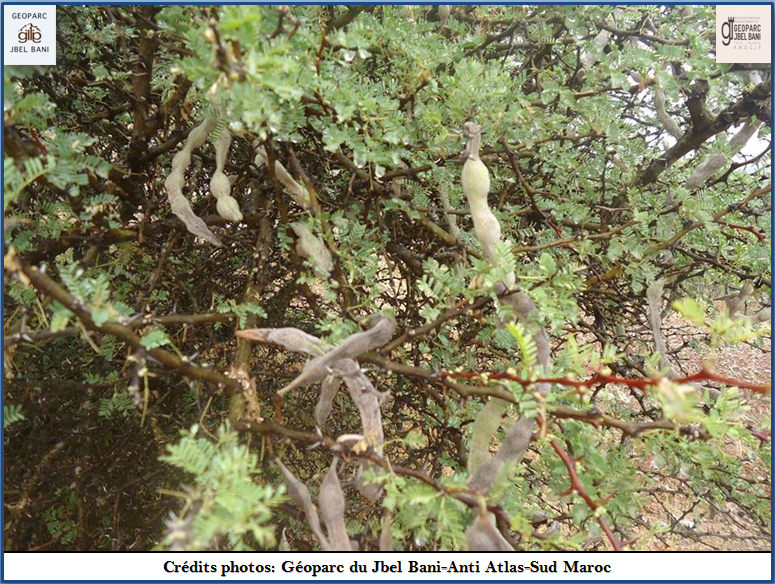
Les accacias du Maroc
Acacias du Maroc Au Maroc, quatre « acacias » existent à l’état spontané: Acacia gummifera, Acacia raddian, Acacia ehrenbergiana et Acacia albida. L’Acacia gummifera « gommier du Maro
Savoir plus...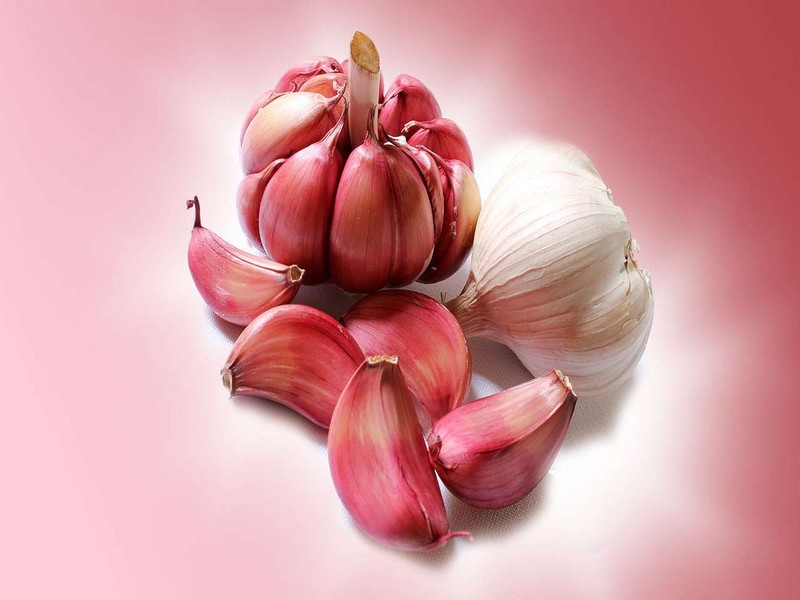
Pourquoi l'ail donne-t-il mauvaise haleine ?
Pourquoi l'ail donne-t-il mauvaise haleine ? L'ail est souvent utilisé en cuisine mais son ingestion est inévitablement accompagnée d'une haleine indésirable. Tout comme pour les oignons, les s
Savoir plus...
Ahwach,un Folklore mondial
FOLKLORE Ahwach est le nom de la danse des régions chleuh, autrement dit à la zone tachelhiyt (l’Anti-Atlas, le Haut-Atlas occidental, le Haut-Atlas et partant de la ville Demnat à l’Asif Mgun) Les vi
Savoir plus...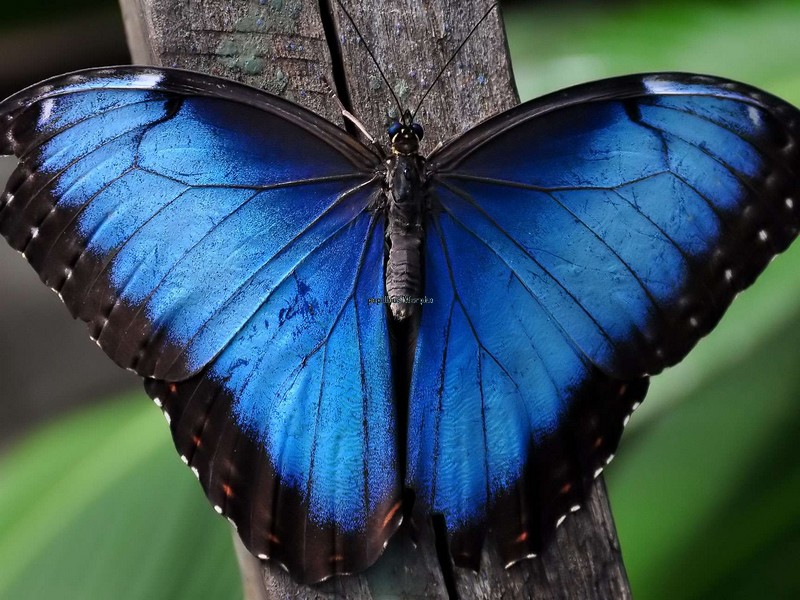
Des papillons Morpho émergent de leur chrysalide en time-lapse
Des papillons Morpho émergent de leur chrysalide en time-lapse On trouve le papillon Morpho dans les zones tropicales, principalement en Amérique centrale et en Amérique du Sud. Il a la particularité de vi
Savoir plus...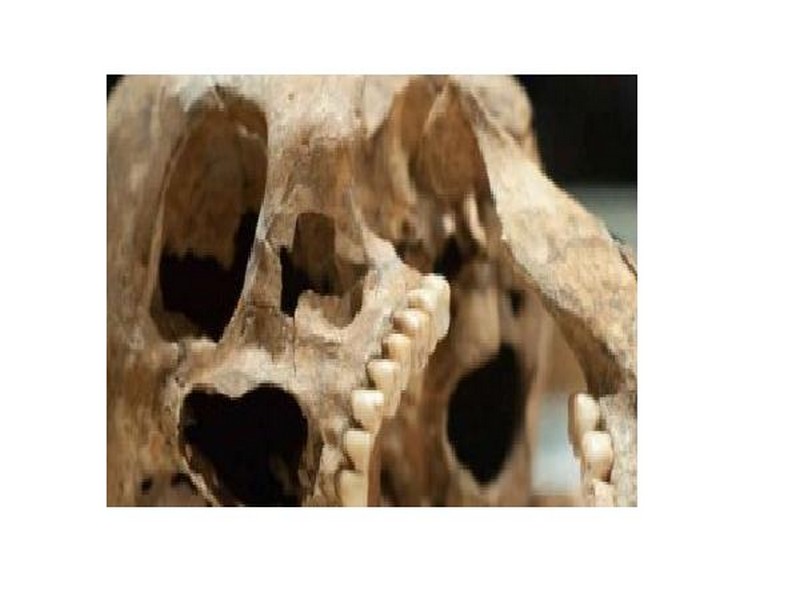
La grotte des pigeons au Maroc révèle l’état de la dentition des hommes préhistoriques
La grotte des pigeons au Maroc révèle l’état de la dentition des hommes préhistoriques Une étude scientifique dirigée au cours de ces dix dernières années par deux cherche
Savoir plus...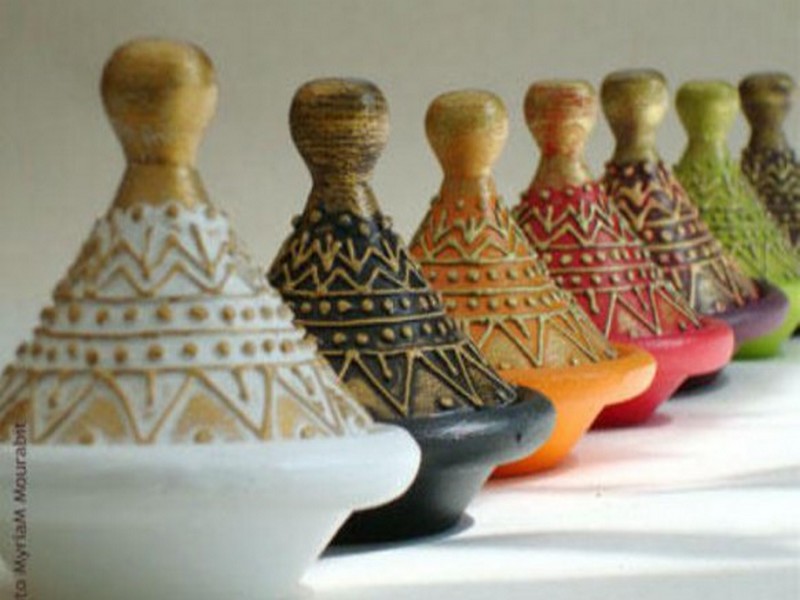
Convergence promotionnelle entre le tourisme et l’artisanat
Un projet de création et de promotion des circuits touristiques intégrant l’artisanat a été lancé à Fès et à Marrakech pour renforcer la complémentarité entre l
Savoir plus...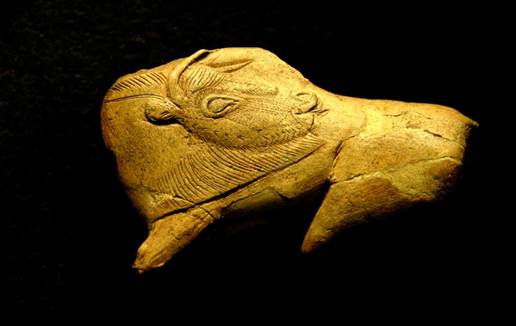
L'art préhistorique en 5 images exceptionnelles
Au cours du Paléolithique supérieur (période qui débute vers 30.000 av. J.-C.), les Hommes éprouvent le besoin de représenter leur quotidien et d'exprimer leurs émotions. Prése
Savoir plus...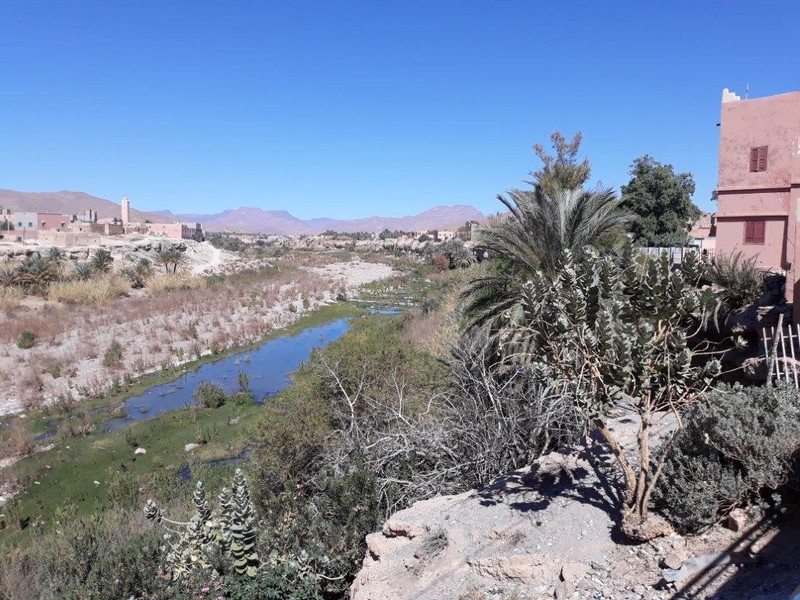
Délices, spiritualité et convivialité à Tata Jeunes et enfants passent leur temps libre dans les oasis et jardins (Géoparc Jbel Bani)
Délices, spiritualité et convivialité à Tata Jeunes et enfants passent leur temps libre dans les oasis et jardins (Géoparc Jbel Bani) Les traditions de Tata, région quasi-désertique, s
Savoir plus...Les tags en relation
En savoir plus sur " Géologie et TSGJB - AMDGJB "
Consulter les vidéos de " Géologie et TSGJB - AMDGJB " Consulter les photos de " Géologie et TSGJB - AMDGJB " Consulter les publications de " Géologie et TSGJB - AMDGJB " Consulter les éditions de " Géologie et TSGJB - AMDGJB " Consulter les communications de " Géologie et TSGJB - AMDGJB "Recherche du site
Recherche avancée / Spécifique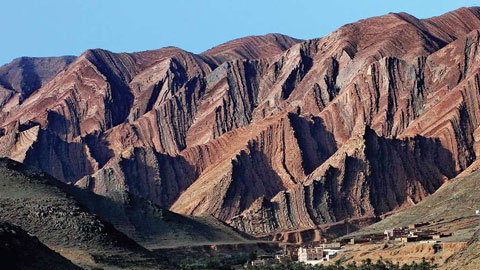
Géoparc et Recherche Scientifique
Le coins de l’étudiant
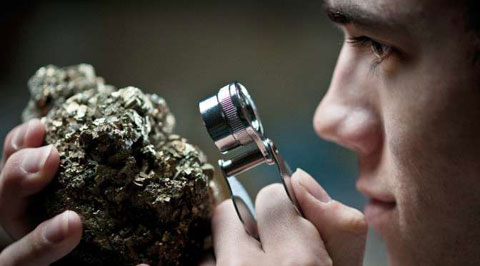

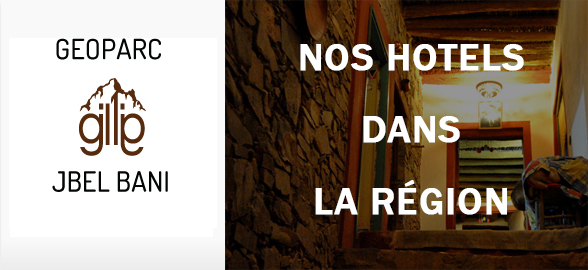
Blog Géoparc Jbel Bani
Dictionnaire scientifique
Plus de 123.000 mots scientifiques
Les publications
Géo parc Jbel Bani

Circuits & excursions touristiques
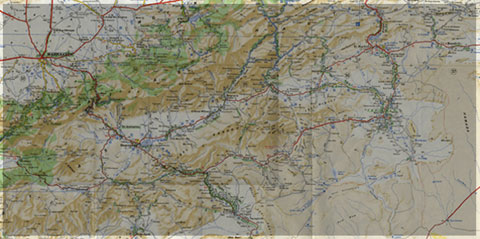
cartothéques
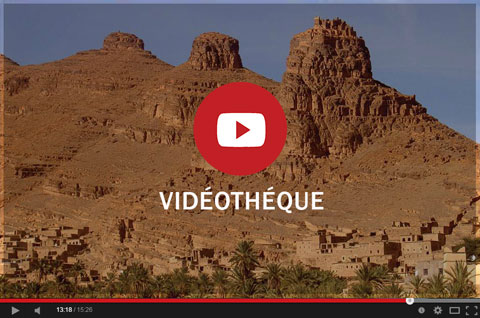
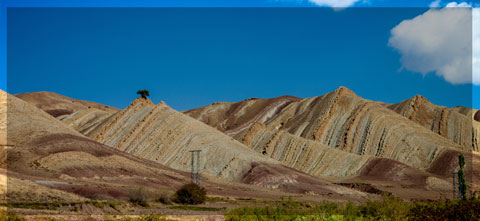
Photothéques
Publications & éditions
